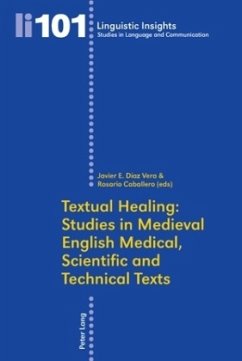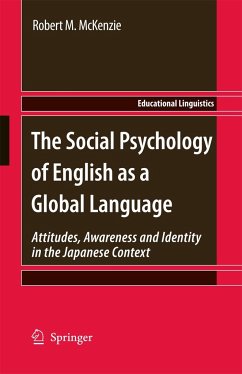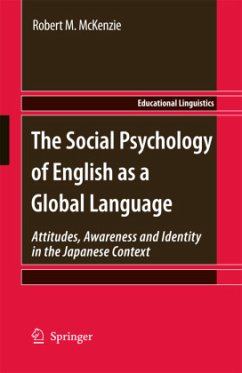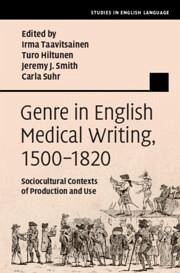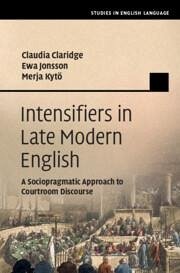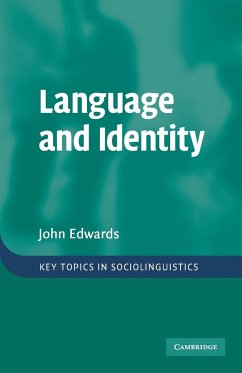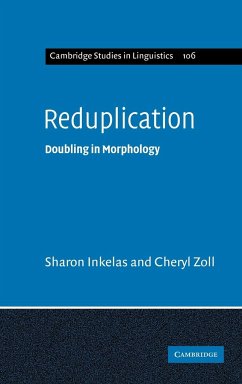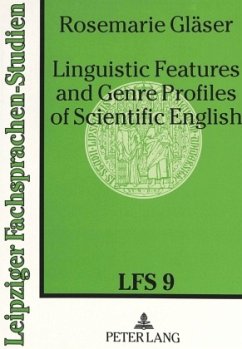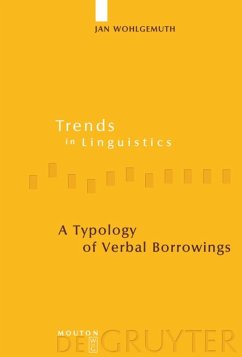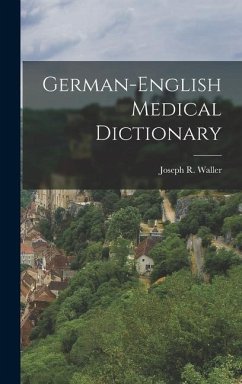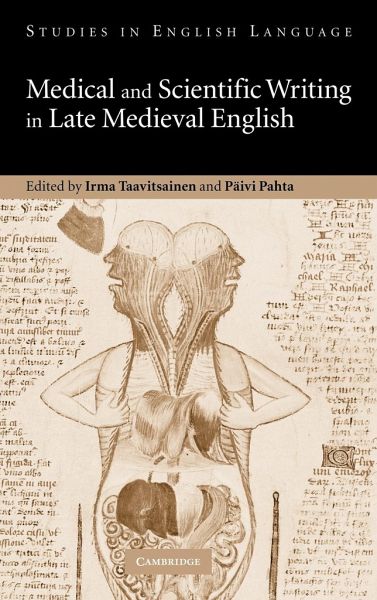
Medical and Scientific Writing in Late Medieval English

PAYBACK Punkte
59 °P sammeln!
Medical and scientific writing in English has evolved over more than a millennium, from its genesis in the Anglo-Saxon era to its present-day position as the 'lingua franca' of science. This 2004 volume focuses on its development as a genre in late medieval English. During this period it emerged in the vernacular, as its Graeco-Roman conventions were modified in a new socio-historical context. Seven experts discuss the various linguistic and textual processes involved in vernacularising science, and how they related to communicative practices and to the writers and readers of medical and scien...
Medical and scientific writing in English has evolved over more than a millennium, from its genesis in the Anglo-Saxon era to its present-day position as the 'lingua franca' of science. This 2004 volume focuses on its development as a genre in late medieval English. During this period it emerged in the vernacular, as its Graeco-Roman conventions were modified in a new socio-historical context. Seven experts discuss the various linguistic and textual processes involved in vernacularising science, and how they related to communicative practices and to the writers and readers of medical and scientific texts. Referring to authentic medieval texts, they show how discourse communities adopted scriptorial 'house-styles', how vocabulary and code-switching patterns reflect the multilingual context of the period, and how intertextuality featured between shared materials. Bringing together several perspectives on this research area, this book will be welcomed by linguists and historians of science alike.





